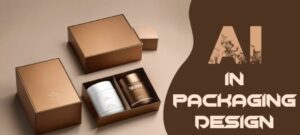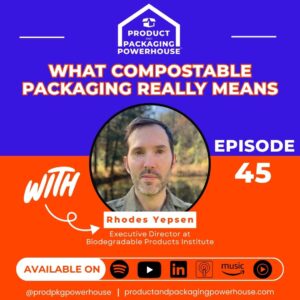Packaging protection is one of the most important functions of packaging, as it ensures that products are kept safe and fresh from the time they are manufactured or produced to the time they are consumed.
What is product packaging protection?
Packaging Protection is the ability to keep products safe from damage, contamination, and spoilage. This includes three types of damage:
- Physical damage, such as from impact, vibration, or moisture.
- Chemical damage, such as from exposure to sunlight, heat, or cold.
- Biological damage, such as from bacteria or mold.
How does packaging provide protection?
Below are few examples of packaging protection of goods::
- Using strong and durable materials.
- Designing packaging to fit the product snugly.
- Using closures that are difficult to open.
- Including tamper-evident seals.
- Using protective inserts like void fill and dunnage to helpcushion products and prevent them from breaking.
- Using packaging that is resistant to moisture, sunlight, or other environmental factors.
The importance of protection in product packaging
The protection function of product packaging is essential for a number of reasons.
- First, help the product be safe for the consumer usage/application.
- Secondly, it helps ensure products arrive at their destination intact and in good condition. This is especially important for products that are fragile or perishable.
- Third, protection helps to prevent products from becoming contaminated, which can lead to food poisoning or other health problems.
- Lastly, protection can help to extend the shelf life of products, which can save businesses money.
Examples of Innovations in Protective Packaging
The role of protection in product packaging is pivotal, safeguarding products from manufacturer to consumer. Here are five key innovations in packaging that are enhancing this protective function:
- Sustainable materials– The use of eco-friendly materials like biodegradable shipping peanuts and Flexi-Hex options for ecommerce items are great alternatives to traditional plastics and kraft paper void fill and reduces environmental impact.
- Smart packaging– Implementing sensors and IoT technologies in packaging allows real-time condition monitoring (like temperature and humidity), essential for sensitive products such as perishables and pharmaceuticals.
- Enhanced durability with new materials– The advancement in material science has brought about materials like aerogels and nanocomposites. These materials are known for their exceptional strength-to-weight ratio, providing enhanced protection against physical shocks and environmental factors while remaining lightweight.
- Customization and 3D printing– 3D printing technology enables packaging designs that perfectly conform to the shape and size of products, improving protection while minimizing the need for additional fillers.
- Active packaging– Innovations such as antimicrobial coatings and oxygen absorbers in packaging actively work to preserve product integrity and extend shelf life.
Conclusion
The protection function of product packaging is essential for ensuring that products are kept safe and fresh from the time they are manufactured to the time they are consumed. Effective protection involves safeguarding against physical, chemical, and biological damage through robust materials, precise design, and innovative technologies. The emergence of sustainable materials, smart packaging, advanced durable materials like aerogels and nanocomposites, customized 3D printing solutions, and active packaging techniques are revolutionizing this aspect of packaging.
Want to learn more about how GLC can help you with product packaging? Contact us today! – Click Here






